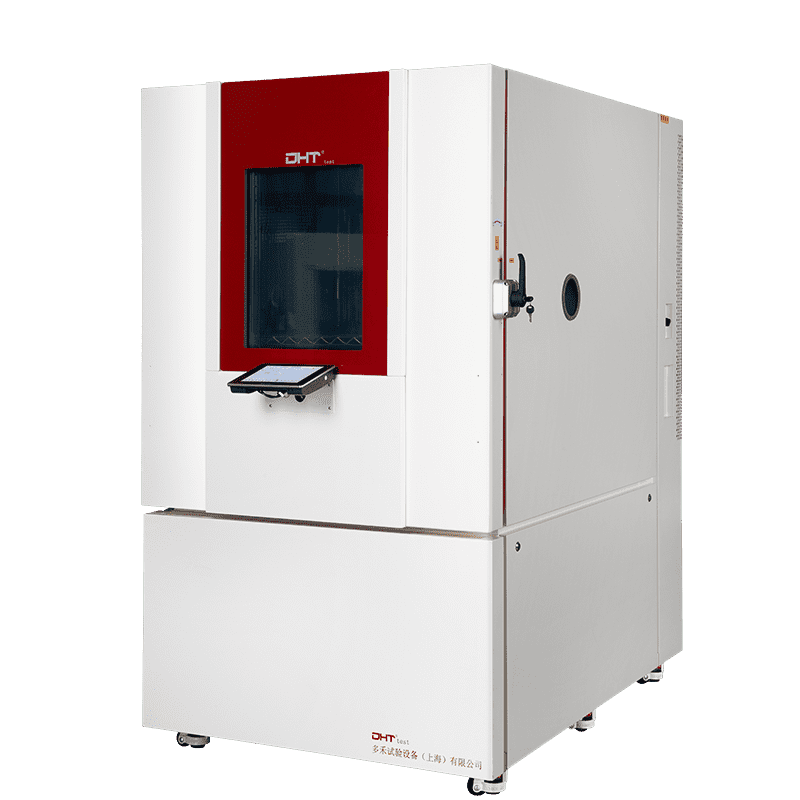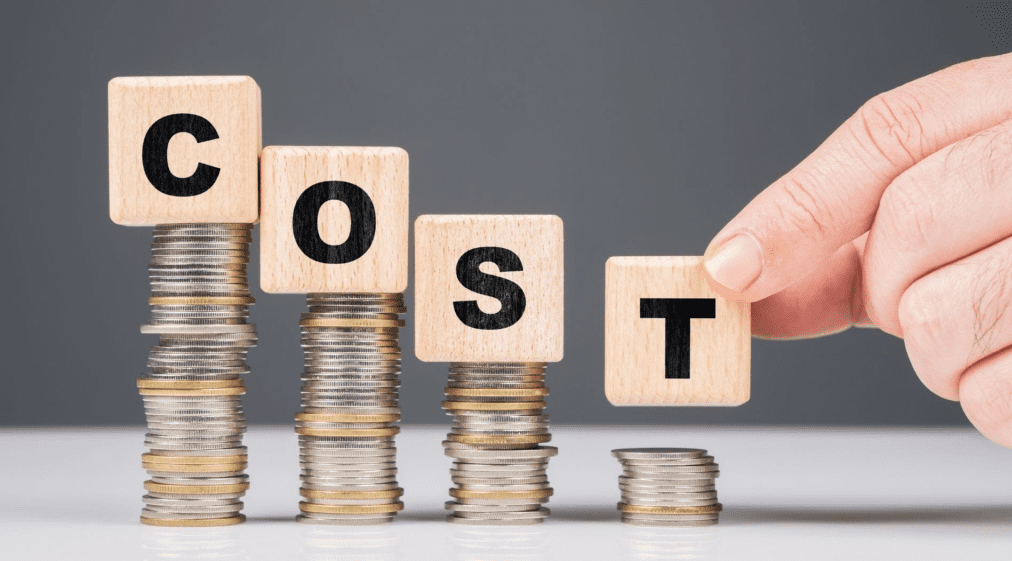Written by Shirley
Product Manager, Doaho Test (DHT®)
As product development and quality validation standards continue to rise, walk-in environmental chambers have become indispensable tools for advanced manufacturers, research institutes, and laboratories. These chambers simulate complex and variable temperature and humidity conditions, support testing of large samples or entire assemblies, and play a pivotal role in enhancing product reliability, passing client audits, and achieving international market access.
However, investing in such equipment—often costing hundreds of thousands to over a million—is a major decision. Choosing the wrong system can waste significant budget and disrupt project schedules and testing timelines. Before making a final decision, it’s essential to clearly understand the following seven core questions.
Do my testing needs truly require a walk-in environmental chamber?
The key advantages of walk-in chambers include their ability to accommodate large test samples (such as entire systems or automotive modules), support long-duration testing with frequent sample loading and unloading, and allow multiple engineers to enter the chamber for in-situ adjustments and observation.
That said, walk-in chambers are not suitable for every testing scenario. If your product is relatively small, tests are infrequent, or you only conduct occasional verification testing, a benchtop or standard temperature and humidity chamber may offer better efficiency and cost-effectiveness.
Before purchasing, carefully assess the size of your test objects, the required test duration, test types, and testing frequency to avoid over-investing in a system that exceeds your actual needs.
Do the temperature and humidity specifications align with my business requirements
Environmental requirements vary widely across industries. For example, automotive electronics often require thermal cycling from -40°C to +85°C, while medical devices and precision optics may prioritize humidity stability.
Beyond just temperature range, it’s crucial to understand:
-
The chamber’s temperature change rate (heating/cooling speed)
-
Humidity control accuracy (±%RH)
-
Whether it can simulate rapid temperature shifts or combined stress conditions like thermal-humidity cycling
The value of a walk-in chamber lies not just in its size but in its ability to precisely replicate the environmental conditions your products will face. Control stability and fluctuation tolerances are just as important as the overall range.
Is my facility equipped to accommodate a walk-in environmental chamber?
A walk-in chamber is not a plug-and-play device. It requires proper space, electrical infrastructure, and environmental support systems. Key factors include:
-
Adequate ceiling height and floor load-bearing capacity
-
Access to three-phase power (typically 380V)
-
HVAC compatibility, chilled water supply, drainage systems
Neglecting factors such as structural reinforcements, airflow planning, or loading paths can cause major delays in deployment or limit test efficiency. We recommend involving your supplier’s engineering team early for on-site evaluations and layout consultations to prevent integration issues later.
Does my team have the technical capacity to operate and maintain a walk-in chamber?
Compared to standard test boxes, walk-in chambers are far more complex, featuring integrated PLC control systems, precision temperature and humidity sensors, refrigeration units, humidifiers, and air circulation systems.
Ask yourself:
-
Do you have test engineers familiar with environmental simulation procedures?
-
Are there staff who can configure and monitor test parameters?
-
Can your team perform regular preventive maintenance?
If not, you should evaluate whether the supplier offers operator training, remote monitoring, maintenance contracts, or even turnkey testing and management services.
Will our testing needs evolve over the next 3–5 years?
Many companies purchase walk-in chambers based solely on current projects, without considering future scalability. Ask yourself:
-
Will you expand your product line in the coming years?
-
Will you pursue more stringent compliance certifications?
-
Do you plan to offer in-house testing services to clients as part of your value proposition?
If your testing requirements are likely to grow, consider chambers that support modular expansion, software upgrades, or dual-chamber integration. Such forward-compatible designs offer higher long-term value.
Can I sustain the long-term operational costs of the system?
The upfront purchase is only part of the equation. What determines return on investment is the cost of ownership over the next 5–10 years. Consider:
-
Energy consumption: Walk-in chambers draw substantial power over extended operation periods, significantly impacting utility costs
-
Spare parts: Are components like compressors, control boards, or sensors readily available?
-
Maintenance: How frequently will the chamber need calibration? What’s the typical response time in case of failure?
It’s essential to evaluate not only the sticker price but the full lifecycle cost when selecting a system.
Does the supplier truly understand my industry and testing logic?
Environmental testing is not one-size-fits-all. A supplier’s expertise in your specific industry can be more valuable than the equipment specs themselves. A high-quality supplier can:
-
Offer test strategy recommendations aligned with industry standards
-
Help optimize your testing workflows
-
Support you through client audits and third-party certifications
This is especially important if you operate in high-reliability sectors like automotive electronics, aerospace, battery technology, or medical devices. The right supplier doesn’t just provide a chamber—they help define your testing framework.
Conclusion: A Smart Walk-In Chamber Investment Means Smarter Testing
A walk-in environmental chamber is not just a product purchase—it’s a strategic investment in your long-term testing capability. You’re not just buying a “box,” but a system that enables reliable, verifiable, and timely test results.
By carefully evaluating the seven questions above, you can avoid common pitfalls and maximize the return on your equipment investment. If you’re seeking a dependable, high-performance walk-in chamber solution, DHT® is here to help. We offer not only premium equipment but also full-lifecycle support to help your business gain a competitive edge in demanding markets.
People Also Ask
Does my company really need a walk-in environmental chamber? What types of applications is it best suited for?
If your testing involves large systems (such as whole devices or automotive modules), requires extended testing durations with frequent sample changes, or necessitates engineers entering the chamber to perform adjustments, then a walk-in chamber is a highly valuable investment. However, if you’re only testing small components occasionally, or if your budget is limited and test intensity is low, a standard temperature-humidity chamber or rental option may be more cost-effective. Always assess your product size, test frequency, and project lifecycle before making a decision.
What infrastructure is required to install a walk-in environmental chamber? Can a regular facility accommodate it?
Installing a walk-in chamber requires certain site conditions, such as:
-
Adequate ceiling height and floor load-bearing for proper installation and stable operation
-
Access to three-phase electricity (typically 380V) and a reliable power supply
-
Supporting facilities including HVAC, chilled water, and drainage systems
-
Clear pathways for sample loading/unloading and, if necessary, sound insulation or thermal barriers
Before purchasing, it’s best to request a site survey and layout proposal from the supplier to ensure smooth installation and future performance.
Beyond the equipment price, what ongoing costs should I consider? Is maintenance complicated?
Many companies focus solely on the upfront cost, overlooking long-term ownership expenses. Typical lifecycle costs for walk-in chambers include:
-
Electricity: Power consumption is high, especially for cooling systems operating around the clock
-
Spare parts: Components such as compressors, humidity probes, or control units may need periodic replacement
-
Preventive maintenance and calibration: Required for maintaining testing accuracy
-
Downtime risk: Consider after-sales response times and parts availability in case of breakdowns
A well-maintained chamber can be a long-term asset—neglecting lifecycle cost planning, however, can turn it into a burden.


